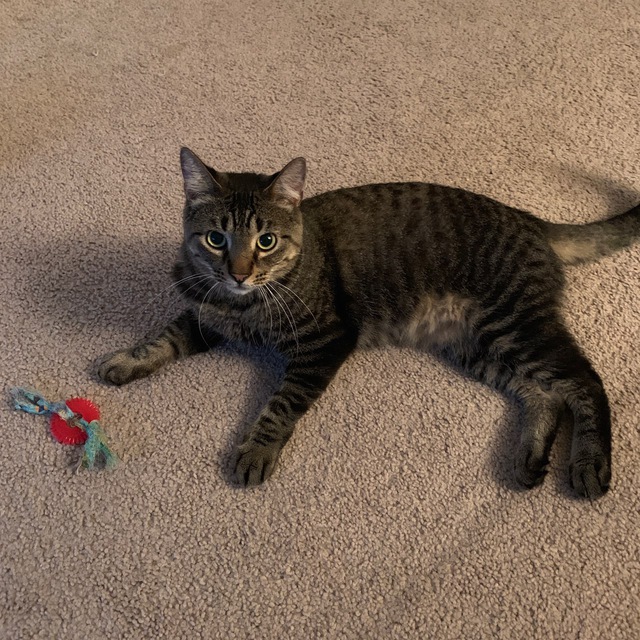 Alexander
Alexander
It actually looks easy to implement, I mean between(a, x, y). I agree it may be convenient, I'll try to add it the other day
 Lucky
Lucky
It actually looks easy to implement, I mean between(a, x, y). I agree it may be convenient, I'll try to add it the other day
X in range(13, 15) would be Pythonic
 Lucky
Lucky
wouldn't that turn into an IN (13, 14) SQL currently?
I have no idea, just adding my two cents
 Matthew
Matthew
...
FROM "user" "u"
WHERE "u"."id" IN (%(p1)s, %(p2)s, %(p3)s, %(p4)s, %(p5)s, %(p6)s, %(p7)s, %(p8)s, %(p9)s)
{'p1':1, 'p2':2, 'p3':3, 'p4':4, 'p5':5, 'p6':6, 'p7':7, 'p8':8, 'p9':9}
 Alexander
Alexander
Theoretically it is possible to translate range(i, j) to BETWEEN too. But I'm not sure we need, because range is limited - its arguments should be integers. I think it is better to add between function to pony.utils and learn pony to translate it to SQL.
 Alexander
Alexander
I added between and pushed to GitHub:
from pony.orm.examples.university1 import *
select(s for s in Student if between(s.gpa, 3.5, 4.5))[:]
select(s for s in Student if not between(s.gpa, 3.5, 4.5))[:]
 Alexander
Alexander
At this moment - no, we need to add support to decompiler, it is a bit untrivial. The body of between function is not used during translation, it just to be able to use it in Python
 Alexander
Alexander
SQLite:
>>> select(s for s in Student if not between(s.dob, date(1995, 1, 1), date(1998, 1, 1)))[:]
SELECT "s"."id", "s"."name", "s"."dob", "s"."tel", "s"."gpa", "s"."group"
FROM "Student" "s"
WHERE "s"."dob" NOT BETWEEN '1995-01-01' AND '1998-01-01'
[Student[1], Student[2], Student[3], Student[4], Student[5], Student[6], Student[7]]
>>>
 Alexander
Alexander
I plan to work on Pony until New year and add many missing features - migrations, upserts, etc.
 Alexander
Alexander
obj = MyObject.create_or_update(foo=1, bar=2)
and
parent_object.some_collection.create_or_update(foo=1, bar=2)
 Matthew
Matthew
Cool, I often do x = X.get(foo=1) or X(foo=1) (or kwargs passed to both), but I imagine upsert would be better
 Alexander
Alexander
The main benefit of upsert is atomicity. X.get(foo=1) or X(foo=1) sometimes can raise an exception, if another transaction was able to insert object in between
 F
F
Hello guys, I wonder if the source code for the online editor Is available , or if you could tell me which js libraries is using to render the diagrams and svg connections. I'm trying to start an open source project to do a similar think for Django models and it would be very instructive. Thanks
 Alexey
Alexey
Hi Federico,
we didn't open source the editor code.
We use reactjs, mobx and svg.
The next week we are releasing the editor for Django - want to see if it will be useful for Django community
 F
F
Good to hear that, I'll stay tuned for that. I also wanted to generate the code to wire up those models to api views with django rest or graphene, so perhaps I'll also try to build the diagram myself. Thanks!
 Alexey
Alexey
Great! Will let you know once we deploy it.
The only thing that I'm afraid will not be very straitforward is that we have to split the Django models declarations and the behavior the way it is described here https://bradmontgomery.net/blog/django-models-mixins-for-cleaner-code/
 Alexey
Alexey
because each models update will rewrite the file, and having the model methods incorporated into the models is not convenient
 Anonymous
Anonymous
is there a way in pony to detect duplicate records on insert? such as
INSERT INTO the_table (id, column_1, column_2)
VALUES (1, 'A', 'X'), (2, 'B', 'Y'), (3, 'C', 'Z')
ON CONFLICT (id) DO UPDATE
SET column_1 = excluded.column_1,
column_2 = excluded.column_2;
 Alexander
Alexander
is there a way in pony to detect duplicate records on insert? such as
INSERT INTO the_table (id, column_1, column_2)
VALUES (1, 'A', 'X'), (2, 'B', 'Y'), (3, 'C', 'Z')
ON CONFLICT (id) DO UPDATE
SET column_1 = excluded.column_1,
column_2 = excluded.column_2;
At this monent you need to write raw sql query using db.execute(sql):
https://docs.ponyorm.com/api_reference.html?highlight=execute#Database.execute
 Alexander
Alexander
Does Pony have something like table_entry.update(**newdata)
newdata = {'foo': 1, 'bar': 2}
some_entity.set(**newdata)
If you need to forse immediate execution of sql command, you can apply flush() function or db.flush() method
 Micaiah
Micaiah
 Lucky
Lucky
 Matthew
Matthew
Is there any reason why an after_insert method on a pony entity would not fire in a flask application?
 Matthew
Matthew
the objects are successfully created in the database, but the after_insert isn't called (verified with a print statement on first line of after_insert method)
 Alexander
Alexander
It should work. The behavior that you described looks like a bug. It was my guess that maybe another object X was able to update the object Y you speak about in its X.after_insert hook, and than Y.after_update hook was invoked instead of Y.after_insert. It just a wild guess. Maybe the problem lies somewhere else
 Matthew
Matthew
is after_insert always called after commit (either explicit or implicit) ? I am getting background jobs created in an after_insert unable to find newly created objects (which had after_insert fired) running in another process
 Lucky
Lucky
Can I do mass-update statements in pony?
I've got Stickers in a Pack, having tl_ids.
I have a list of stickers which should not be set to deleted, namely still_existing_sticker_tl_ids=set(123,456,789)
SQL should be something like this:
"""
UPDATE sticker SET deleted=true WHERE
sticker.pack == %db_pack% AND sticker.tl_id NOT IN (%still_existing_sticker_tl_ids%)
"""
I think the Pony orm select is roughly
query = orm.select(db_sticker for db_sticker in db_pack.stickers if db_sticker.tl_id not in still_existing_sticker_tl_ids)
 Matthew
Matthew
When pony does a query (using postgres), using a long running session, is it guaranteed to pick up objects which have just been committed in another session?
 Matthew
Matthew
I do this in one session:
X(a=1); commit()
Then in another existing session, I do X.get(id=1)
 Matthew
Matthew
I have recently discovered this as an issue because the work queue is more likely to be empty, due to efficiency improvements


 Alexander
Alexander
 Henri
Henri